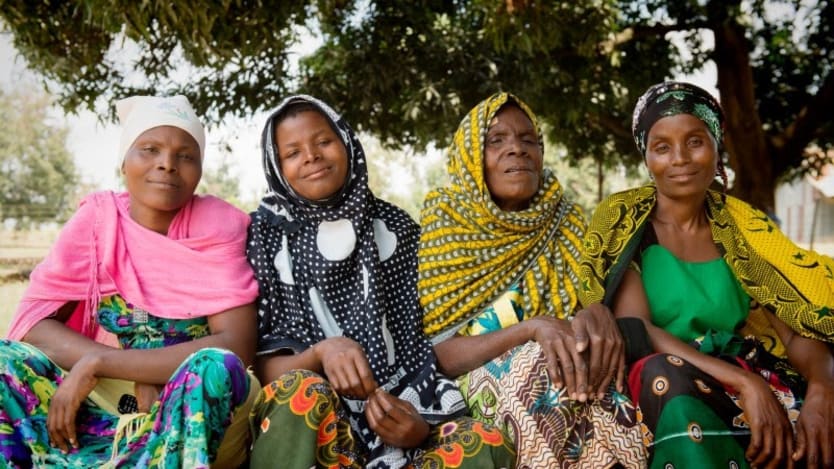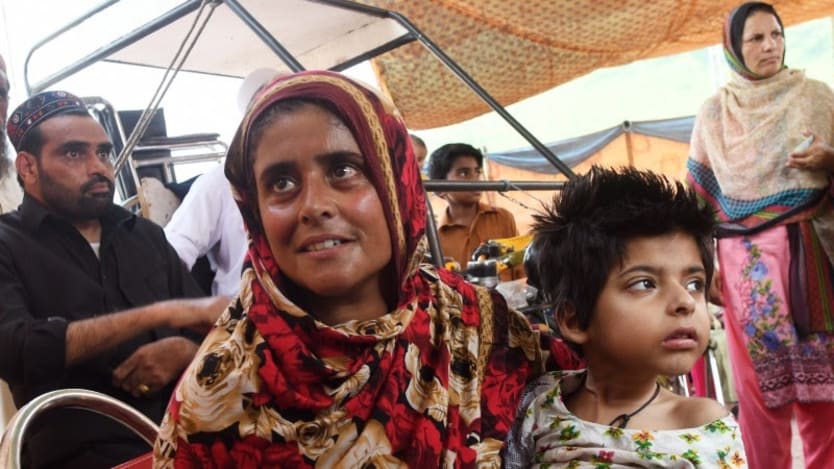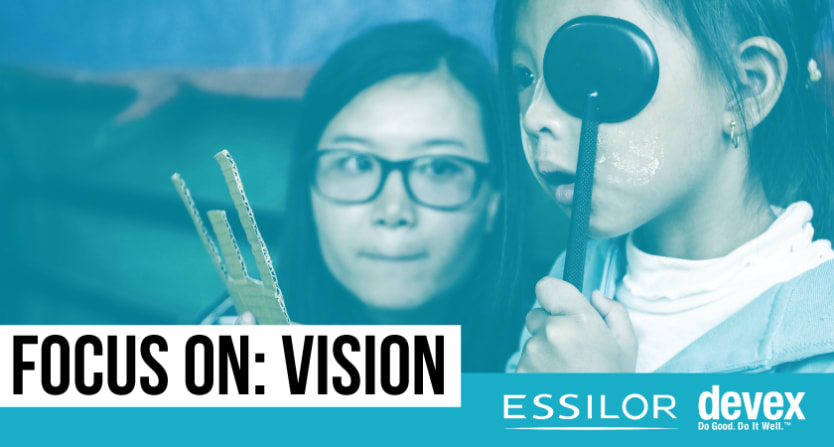
BARCELONA — Women and people living with disabilities have less access to eye care services in India, Pakistan, and Tanzania, according to a new report.
Vision impairment through a gender lens
Women and girls in low- and middle-income countries are disproportionately impacted by uncorrected vision impairment, untreated eye conditions, and blindness. What does this mean for gender imbalance?
The research — produced by Sightsavers and its partners — recorded disability and socioeconomic status in five surveys of visual impairment across the three countries. Where disability was assessed, people with nonvisual disabilities experienced a higher likelihood of also being blind or severely visually impaired — as much as 10 times higher in the case of Singida, a city in Tanzania.
Cataracts, which can be treated with surgery, were the leading cause of visual impairment and blindness across all the locations assessed.
In some places across both India and Tanzania, women were 30% more likely to be blind or severely visually impaired compared to men, while in Lahore, Pakistan, they were 2.7 times more likely to be.
Elena Schmidt, Sightsavers’ director of research, said there are many reasons for reduced access to eye care among different groups. For example, eye care services can be costly to access, and in some contexts, the health needs of men — often the main earners — are valued more than women’s. Women may also experience obstacles to reaching treatment facilities — because they cannot travel unaccompanied, for example, or are expected to spend their time in the home.
“Leaders in eye health ... need to be more enlightened to these discrepancies in access.”
— Dr. Geoffrey Wabulembo, medical director for eye health and neglected tropical diseases, Light for the World“Similarly to women, people with disabilities do not have access to financial resources and find it difficult to travel outside their communities. This is particularly the case in poor, rural, and remote locations with limited health care and transport infrastructure,” Schmidt said, adding that social stigma toward people with disabilities can lead to an oversight of their health needs as well.
Many clinics are also not physically accessible to wheelchair users, sign language is not widely available during consultations, and information may not be available in different accessible formats, said Alessandra Aresu, inclusive health policy lead at Humanity & Inclusion.

Globally, 2.2 billion people have a vision impairment. Of these, at least 1 billion people have a vision impairment or blindness that could have been prevented or is yet to be addressed.
Although the study was limited in scope, Dr. Geoffrey Wabulembo, medical director for eye health and neglected tropical diseases at disability organization Light for the World, said it is his experience that those from poorer backgrounds, people living with a disability, and women often have lower access to eye care.
In Singida, people in the richest two quintiles were found to be 60% less likely to be blind or severely visually impaired than people in the poorest two quintiles, although the relationship between wealth and visual impairment was less clear in the other locations assessed.
“Others jump the line. People who are deaf may miss some announcements on the loudspeakers. Relatives are also more inclined to postpone bringing them to hospital,” Wabulembo said.
To remedy this, the Uganda-based doctor said women and people with disabilities need to have recognized groups that consistently advocate for their rights. “Leaders in eye health also need to be more enlightened to these discrepancies in access,” he said.
Schmidt said more evidence about eye health inequalities needs to be gathered and then presented to such leaders in national and regional governments and to health authorities. She called on international development programs to report data in a way that is disaggregated by sex, poverty, and disability.
“This will clearly demonstrate how program interventions address inequalities and what they do to make interventions more inclusive and therefore more accessible to people at highest risk of exclusion,” she said.
From there, she recommends talking to people to ask how services can be made more accessible for them.
“It is important for nongovernmental organizations to identify the barriers that persons with disabilities, women, and persons from poor backgrounds face daily in accessing health care, including eye care,” Humanity & Inclusion’s Aresu said.
Moving services closer to communities, having more accessible opening hours, and training health care personnel to provide more patient-focused care could be ways of ensuring increased access to services, Schmidt added.
“We also need to work with the governments to find sustainable solutions to make health care more affordable, particularly for those the most marginalized groups,” she said. She suggested social insurance schemes and different methods for cross subsidization, where those who can afford a service pay more to make it cheaper for those who cannot.
Improving livelihood opportunities for people — especially those with disabilities — will also help break down barriers, Wabulembo said. “Once they have money, they become more empowered to access health services independently,” he said.
Devex, with financial support from our partner Essilor, is exploring challenges, solutions, and innovations in eye care and vision. Visit the Focus on: Vision page for more.









